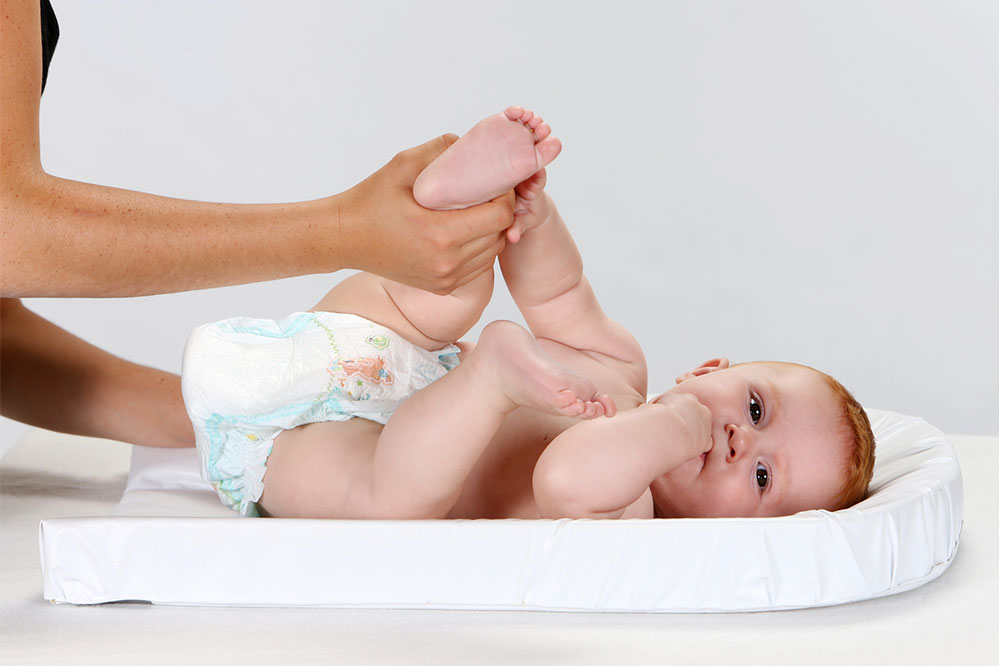5 common diaper-changing mistakes to avoid

Becoming a parent is one of the most exciting phases of your life. While some changes can seem daunting, others do not have to be. Parents love to dote on their children and ensure that they have the best of what the world has to offer. In doing so, they also spend a lot of time changing their babies’ diapers. While changing a diaper may be a seamless process for some parents, others struggle with them.
Here are five common mistakes parents make when changing diapers:
Not having everything ready
Once the baby is put on the changing table/bed, we have everything ready to ensure a quick diaper change. A few things to have handy include fresh diapers, wet wipes, and any special creams and powders that the baby might need. This preparation is necessary so that parents do not leave their babies alone. Babies tend to move around and may even fall from the changing table/bed if they are not supervised.
Not changing unsoiled diapers
Some babies experience a reduction in fluid intake during the winter months, which causes the amount of pee to reduce as well. Their body’s regulation system and waste removal process may also change when they are unwell, leading to infrequent soiling of diapers. Since the diaper is not soiled, parents may tend to forego changing it, resulting in rashes caused by friction from an old diaper. To avoid this, it is advisable to change the diaper every two hours, whether soiled or unsoiled. This allows the baby’s skin to keep feeling fresh and moisturized.
Not having a fixed place for changing diapers
Most parents change their babies’ diapers anywhere. This can lead to infections, since there is no way to ensure the hygiene of the place, and babies do not have strong immune systems. It is recommended to use a flat-surfaced diaper changing station or spread a plastic mat over the table while changing diapers. This will make it easier to keep track of and maintain hygiene and keep the baby fresh, dry, and clean.
Not cleaning the baby correctly
Cleaning the baby after removing the diaper is extremely important, as it clears their sensitive skin of germs that may cause infections or rashes. When cleaning, it is advisable to wipe front to back, so none of the fecal matter comes in contact with the baby’s genitals, which can be unhygienic. Use clean, warm water or wet wipes to wipe the baby before putting on a fresh diaper.
Not using rash creams or powders
It is no secret that diaper rashes are quite common. This is because the baby’s skin is extremely sensitive, and its exposure to plastic or elastic all day can cause irritation. Use a mild moisturizer or an anti-rash cream (as discussed and recommended by your pediatrician) to the parts where the diaper comes in contact with the skin to keep your baby rash-free.
While changing diapers can take time and practice to get the hang of, it may help new parents keep their babies distracted with their favorite toys, so they do not get restless. This way, you can take enough time to ensure that you are doing the best for your baby.

